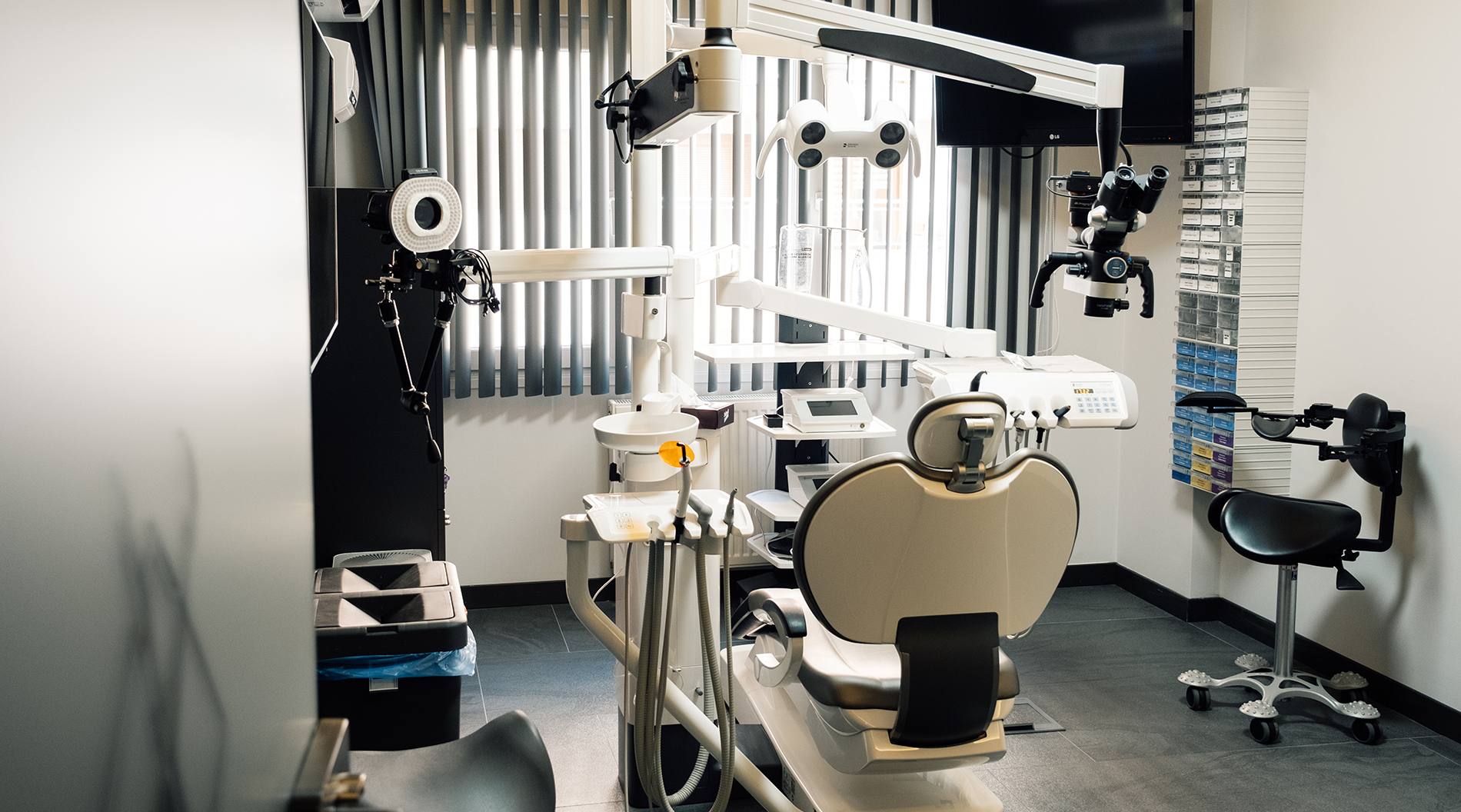
Smile design is a comprehensive aesthetic dental treatment performed to achieve an ideal appearance of the individual’s dental structure and smile aesthetics. This process, which is a combination of dentistry and art, is planned in accordance with the person’s facial features, lip structure and personal preference. The aim is not only to achieve a beautiful smile, but also to optimize dental health and function.
Who is Suitable for Smile Design?
Smile design is suitable for anyone who has aesthetic concerns and wants to make changes to their smile. Smile design can be preferred in the following cases:
Discolored teeth: When teeth whitening treatments are not enough, different solutions are offered for a more aesthetic appearance.
Crooked or spaced teeth: Various treatment methods are used to align the teeth and achieve symmetry.
Broken, cracked or worn teeth: The shape and structure of the teeth are corrected during smile design.
Gum problems: Problems such as excessive appearance of the gums during the smile or recession of the gums are treated to achieve an aesthetic appearance.
How is Smile Design Done?
Smile design is a personalized treatment process planned in line with individual needs and wishes. In this process, the dentist draws a road map by listening to the person’s expectations and examining the oral structure. The following stages are usually followed:
Examination and Digital Planning: The first step is a detailed examination of the patient’s mouth and teeth structure by the dentist. With digital smile design software, the most aesthetic smile model suitable for the patient’s facial features is planned. At this stage, the patient’s teeth are photographed and the result is shown digitally.
Treatment Process: Smile design may include more than one dental treatment. These treatments may include teeth whitening, porcelain laminate veneers, zirconium veneers, gum contouring, implant treatment and orthodontic corrections. Which treatments will be performed is determined by the patient’s existing tooth structure and needs.
Application and Result: After the treatment process is completed, the patient’s new smile is shaped. At this stage, aesthetic adjustments are made and the patient gets their new smile.
Which treatments are used in smile design?
Multiple treatment options can be used together in smile design:
Teeth Whitening: These are treatments applied to restore the natural whiteness of the teeth.
Laminate Veneers: Dental aesthetics are corrected with thin porcelain veneers adhered to the front surface of the teeth.
Zirconium Veneers: Aesthetic and durable dental veneers are used to correct tooth deformities.
Gingival Aesthetics (Pink Aesthetics): A more balanced smile is achieved with gum leveling and correction of excess gums.
Orthodontic Treatment: A smoother smile is achieved by correcting the alignment of the teeth.
Dental Implants: With implants applied to replace missing teeth, both an aesthetic and functional solution is offered.
Advantages of Smile Design
Aesthetic Improvement: With smile design, the smile of the person is given an aesthetic appearance and self-confidence is increased.
Functional Improvement: Aesthetic arrangement of the teeth also improves chewing functions and dental health.
Personalized Design: It is designed in accordance with the facial structure, teeth and aesthetic expectations of each individual, which offers personalized results.
How Long Does Smile Design Take?
The duration of a smile design varies according to the needs of the patient and the treatments to be applied. While simple procedures can be completed in a few days, more comprehensive treatment processes can take several months. The dentist creates a treatment plan suitable for the patient’s needs and provides information about the duration.
